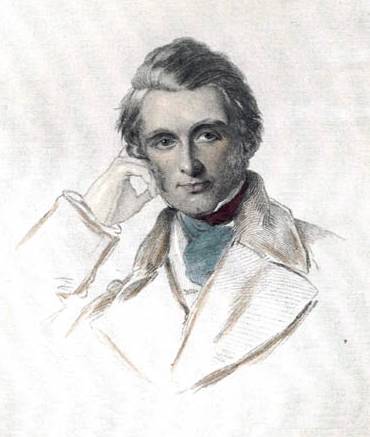And all the early works, whether of nations or of men, show, by their want of shade, how little the eye, without knowledge, is to be depended upon to discover truth. The eye of a Red Indian, keen enough to find the trace of his enemy or his prey, even in the unnatural turn of a trodden leaf, is yet so blunt to the impressions of shade, that Mr. Catlin mentions his once having been in great danger from having painted a portrait with the face in half-light, which the untutored observers imagined and affirmed to be the painting of half a face. Barry, in his sixth lecture, takes notice of the same want of actual sight in the early painters of Italy. "The imitations," he says, "of early art are like those of children—nothing is seen in the spectacle before us, unless it be previously known and sought for; and numberless observable differences between the age of ignorance and that of knowledge, show how much the contraction or extension of our sphere of vision depends upon other considerations than the mere returns of our natural optics." And the deception which takes place so broadly in cases like these, has infinitely greater influence over our judgment of the more intricate and less tangible truths of nature. We are constantly supposing that we see what experience only has shown us, or can show us, to have existence, constantly missing the sight of what we do not know beforehand to be visible: and painters, to the last hour of their lives, are apt to fall in some degree into the error of painting what exists, rather than what they can see. I shall prove the extent of this error more completely hereafter.
(Modern Painters I)
